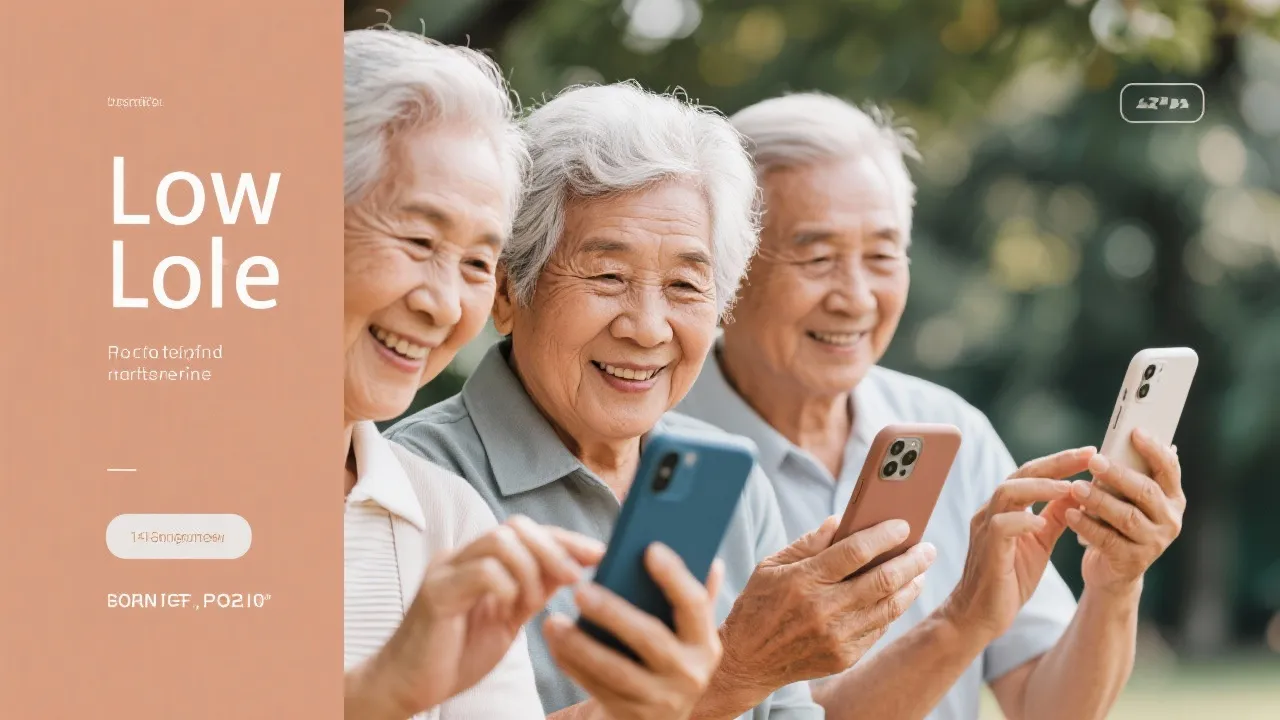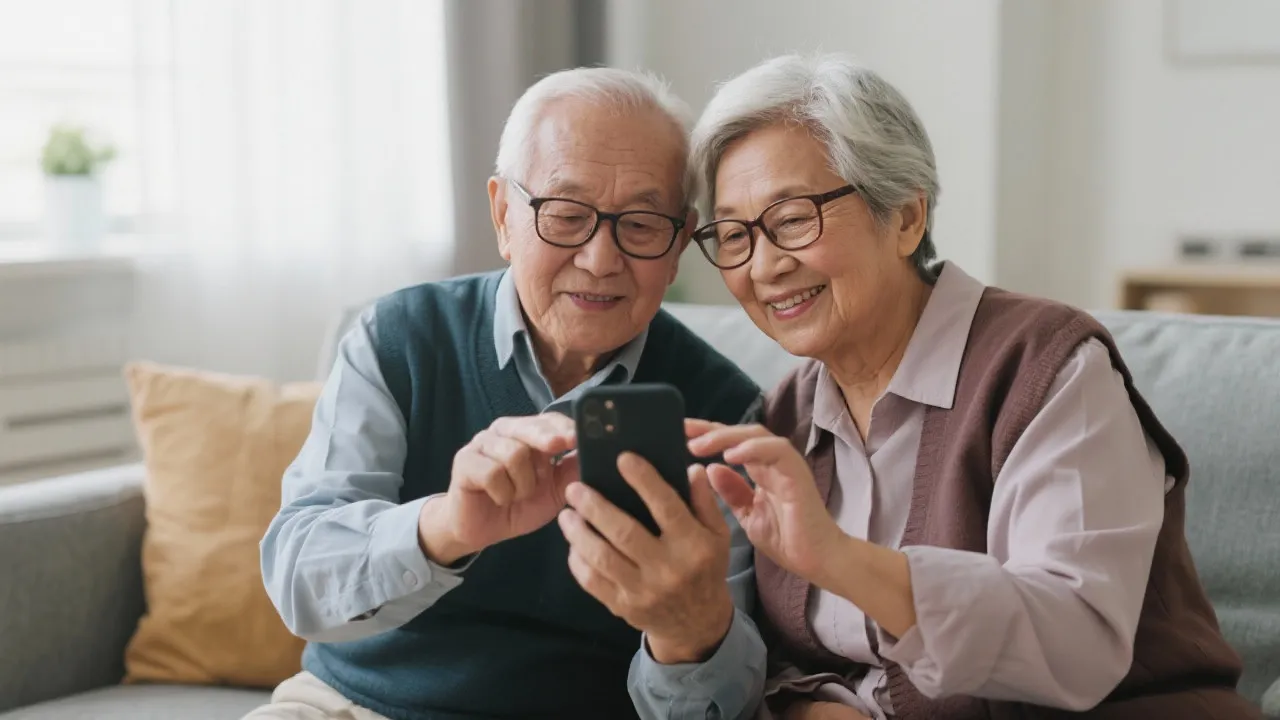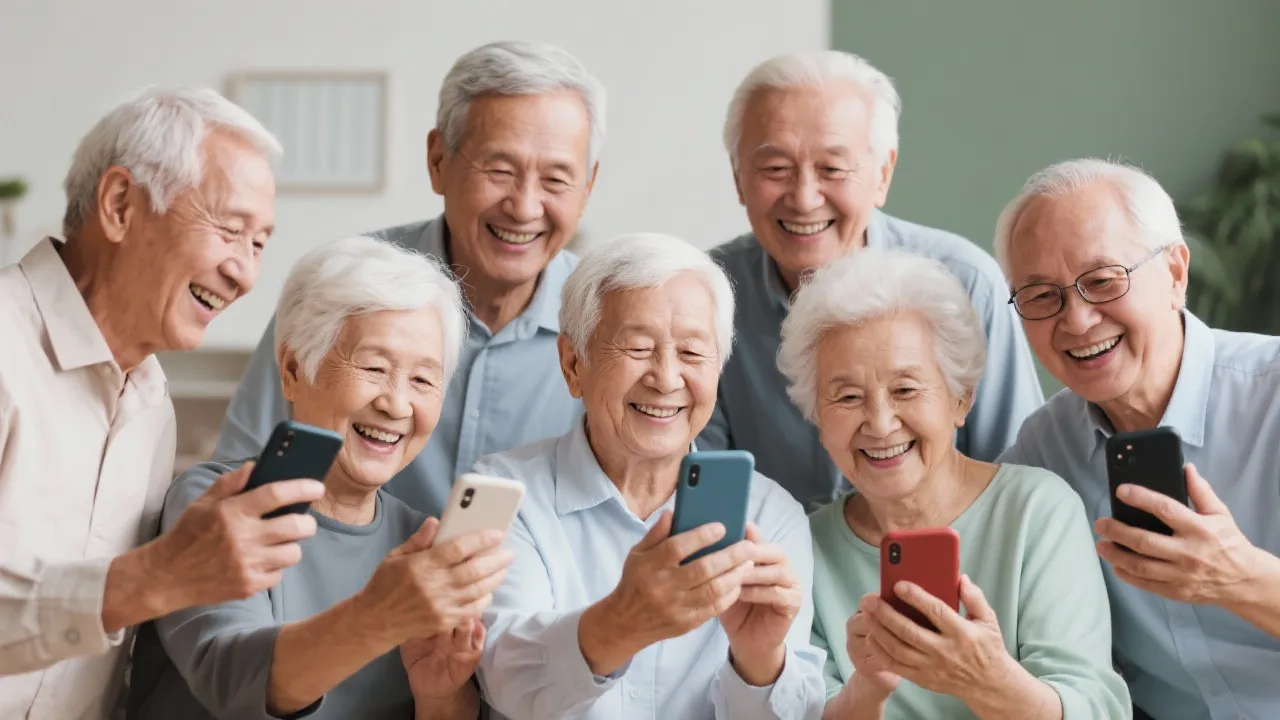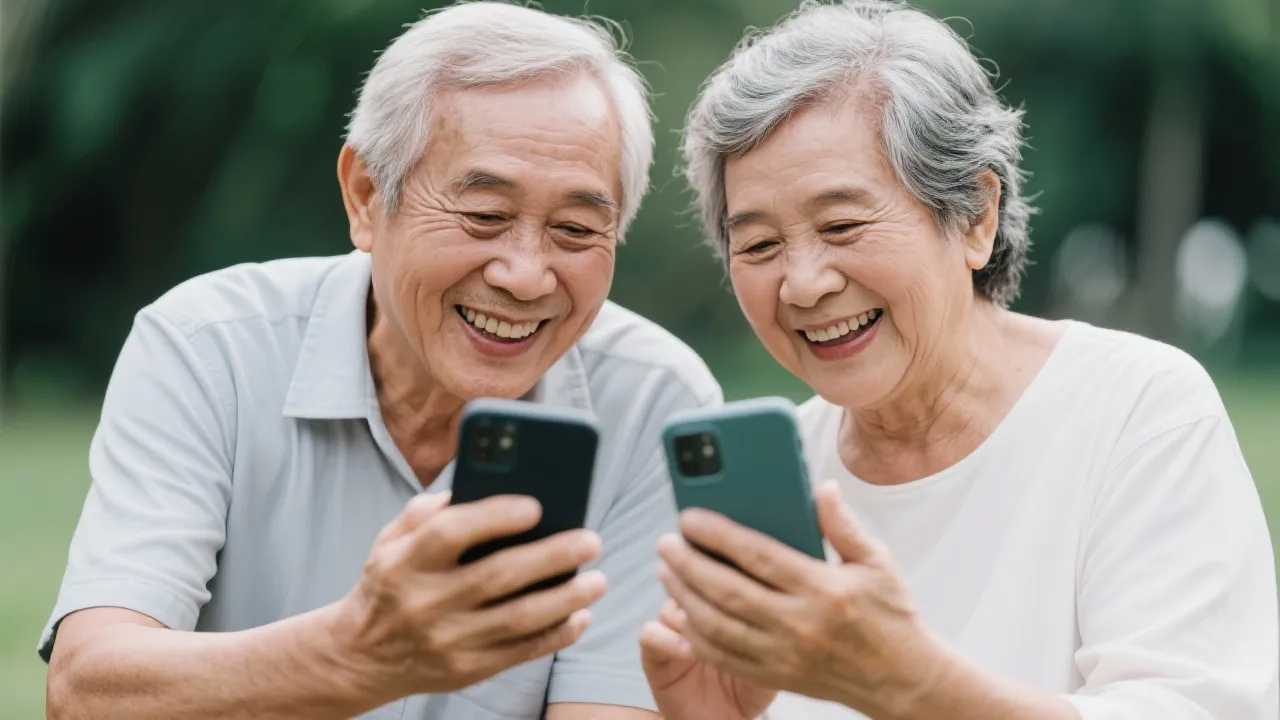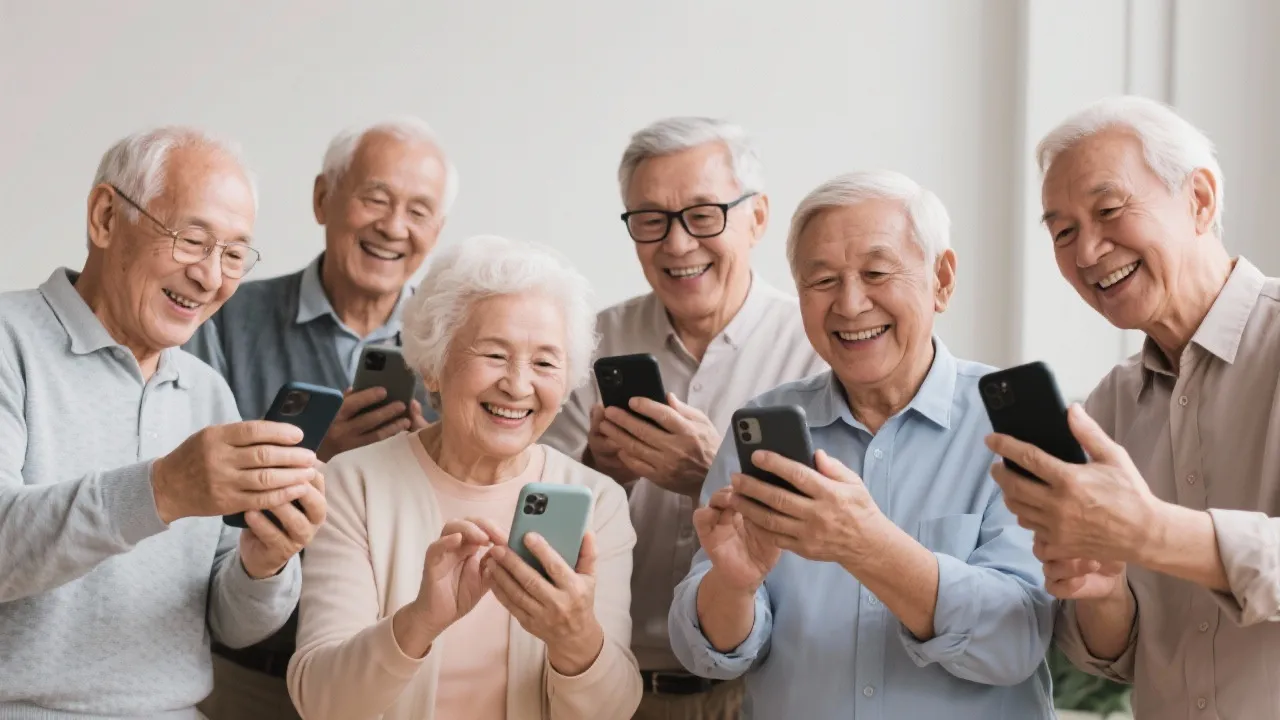Affordable Phones for Seniors Programs
This guide explores programs offering surprising cost phones for seniors, providing crucial connectivity through government initiatives. These initiatives are designed to ensure seniors stay connected by offering smartphones and plans tailored to their needs. We delve into the specifics of each program, eligibility criteria, and the process of acquiring a phone through government assistance.

Introduction to Government Assistance for Seniors
Staying connected in today’s digital age is vital, particularly for seniors who may rely on communication devices to maintain their independence, access health services, and connect with family. The government provides assistance programs that offer phones at no charge to eligible seniors through various service providers. These initiatives are crucial not only for facilitating communication but also for enhancing the overall quality of life for older adults, enabling them to engage with the modern world more effectively.
Understanding Affordable Phones for Seniors
Government programs aimed at providing phones to seniors are part of broader initiatives intended to bridge the digital divide. These programs focus on offering necessary technology to those who are economically disadvantaged, ensuring that a significant section of the population remains connected without financial strain. The services are particularly important given the increasing reliance on technology for essential services such as health care, emergency assistance, and social interaction. A connected senior is not just someone equipped with technology; they are empowered to maintain engagement with their community and access critical services more readily, thus fostering a healthier lifestyle.
Exploring the Key Service Providers
Several prominent service providers participate in these government initiatives, offering different plans and options. While the offerings generally include a device and basic service, differences in plans are based on individual provider offerings and state guidelines. Below, we explore some key providers and their services, shedding light on the variety of options that seniors can choose from.
| Provider | Services Offered | Additional Costs |
|---|---|---|
| SafeLink Wireless | Smartphones, unlimited texting, calls, and data depending on the plan | Upgrades to premium devices or more data may incur costs |
| Assurance Wireless | Android smartphones, unlimited talk and text, data allowances | Optional high-speed data or international calls |
| StandUp Wireless | Smartphones and BYOD options, unlimited talk/text, varied data plans | Premium phone upgrades or extra data for a fee |
| Access Wireless | Unlimited voice/text, limited high-speed data with Lifeline and ACP benefits | Data boosts and device upgrades are chargeable |
| True Wireless | Government-supported phones, voice, and data plans | Device upgrades or additional data plans |
Source: Visit the official websites for more detailed information.
Eligibility and Application Process
To apply for these services, individuals usually need to show proof of their current participation in eligible assistance programs such as Medicaid, SNAP, SSI, or meet specific income guidelines, generally at or below 135% of the federal poverty standard. The application process is designed to be straightforward, allowing seniors to seamlessly access the technology they need.
Historically, seniors have faced barriers in technology adoption due to financial constraints and a lack of understanding of the digital landscape. Government programs address these issues directly, helping bridge the gap for older adults. The empowerment of seniors through accessible communication technology can significantly enhance their capacity to manage health issues, access vital information, and stay in touch with family and friends.
Applicants often need to submit documentation online, which typically involves filling out an application form and uploading the necessary eligibility documents. Websites like those of SafeLink Wireless, Assurance Wireless, and others offer easy online application procedures. In addition to online applications, many providers also have customer service representatives available to assist seniors with the process, ensuring that no one is left behind due to technical difficulties.
Government Phone Program Details
The Lifeline Assistance Program is one of the leading initiatives offering support for communication services. This program is particularly significant as it has been in operation for decades, providing financial assistance for phone services to low-income individuals. Eligibility for the Lifeline program is intended to reach those who most need financial relief in staying connected.
In addition, the Affordable Connectivity Program (ACP) offers enhanced benefits to residents on Tribal lands, providing greater subsidized mobile services. Such initiatives empower seniors by allowing access to essential communication tools without overwhelming costs. This is especially beneficial in times of emergencies, where communication can be a lifesaver. Examples of such scenarios include accessing medical assistance or contacting family during a critical situation.
These programs are designed to specifically cater to the needs of vulnerable populations, including seniors, by ensuring they have the means to communicate and engage with essential services. Government initiatives often undergo regular evaluations to remain relevant, adapting to the evolving technological landscape and the needs of the population they serve.
Real-Life Impact of Government Assistance Programs
The implementation of government assistance programs for seniors has resulted in numerous success stories that underscore the importance of connectivity. For example, many seniors have reported how having a reliable phone has enabled them to schedule appointments with health care providers, receive reminders for medication, and even participate in telehealth services that weren't available before. Many health care providers are now offering virtual consultations, which can save time and travel costs for seniors who may have mobility issues.
Moreover, staying connected with family and friends through phone services has a profound emotional impact. Reports indicate that some seniors experience increased feelings of loneliness and isolation due to a lack of communication options. The ability to make calls or send texts can greatly enhance their social interaction, leading to improved mental health and well-being. Various studies have confirmed that social connectivity can significantly reduce the effects of depression and anxiety among older adults.
Additionally, the proliferation of smartphone technology has introduced various applications that cater to senior needs, such as health tracking, medication reminders, and emergency contact features that can alert loved ones in case of a fall or other emergencies. Programs that support seniors in accessing affordable phones help unlock the potential of these technologies, which can afford seniors a greater sense of safety and security.
FAQs
- What are these offerings intended for?
They are designed to provide communication tools at low price to those in need, ensuring connectivity and access to services. With these phones, seniors can enjoy enhanced communication options that allow them to remain engaged with the world.
- What documentation is needed to apply?
Proof of income or participation in government assistance programs is usually required. This process ensures that those who are most in need receive access to these vital communication tools.
- Are there any hidden costs?
While basic services are included, additional features like premium devices or extra data might have costs. Understanding the specifics of each plan can help seniors avoid unexpected charges.
- How to apply for these phones?
Applications can often be completed online on the provider’s website, requiring the upload of eligibility proof. Service providers frequently update their platforms to streamline the application process, making it easier for seniors to navigate.
- Can I keep my existing number?
In most cases, yes. Seniors can transfer their existing mobile numbers to the new plan, which can ease the transition and maintain continuity in communication with loved ones. This feature is important for seniors who may have established connections with their current phone number.
Conclusion
The initiatives to provide phones at low price are pivotal in ensuring that seniors remain connected without the burden of significant costs. By participating in these government programs, seniors can continuously engage with family, access health services, and enjoy an enhanced quality of life. Staying connected is not merely about having access to technology but about fostering relationships and ensuring that seniors can navigate their daily lives with confidence and assistance.
The future of technology and connectivity continues to evolve rapidly, and it is imperative that programs designed to assist seniors keep pace with these changes. The rise of smart devices and applications that cater to the specific needs of older adults opens new avenues for social interaction and health management, ensuring that seniors can thrive in an increasingly digital world.
Disclaimer
The information provided is sourced from online resources as of October 2023. This page does not guarantee that applicants will receive a government phone. For detailed application requirements and processes, check the official guidelines from the providers. Note that this information may not reflect real-time changes, and interested parties are encouraged to verify the latest offerings and guidelines directly with service providers.
Reference Links:
SafeLink Wireless
Assurance Wireless
StandUp Wireless
Access Wireless
True Wireless
Additional Resources for Seniors
In addition to government assistance programs, there are a range of resources available to support seniors in accessing technology and staying connected. Some of these include non-profit organizations, community programs, and even local tech hubs offering classes designed for older adults to enhance their digital literacy. Here are some noteworthy examples:
- AARP’s Technology and Aging Program: This program provides resources and information aimed at helping seniors embrace technology. The site offers guides, tips, and best practices for using various devices and applications.
- Senior Centers: Many local senior centers offer workshops on technology usage, teaching seniors how to use smartphones, tablets, and computers for email, social media, and video conferencing.
- Community Colleges: Some community colleges provide courses specifically designed for seniors, often covering basic computer skills, internet navigation, and using mobile devices effectively.
- Local Libraries: Public libraries frequently have resources available to assist seniors with technology, including free computer classes and programs that offer access to computers and the internet in a low-pressure environment.
Final Thoughts
Ultimately, it is essential for seniors to have access to affordable communication options, but it is equally important for them to feel empowered to use these technologies effectively. The initiatives provided by the government and community organizations are not just about providing devices; they are about fostering an environment where seniors can feel supported and engaged. By taking steps to inform themselves and participate in available programs, seniors can play an active role in securing their connections to the world around them.
As technology continues to advance, ongoing support and adaptive resources will ensure that seniors are not left behind in navigating the digital landscape. The collaborative efforts among government, service providers, and community organizations will remain crucial in crafting a future where all seniors have equal opportunities to connect and thrive.
Continuing Education in Technology for Seniors
The ever-evolving digital landscape can sometimes be daunting for many seniors. However, investing in education can be of incredible benefit. Continued learning opportunities ensure that older adults feel comfortable and confident using technology. Below are some strategies and resources that can help seniors enhance their skill sets:
- Fitness Apps for Seniors: More seniors are embracing fitness and health tracking apps, which promote active lifestyles. Many gyms offer classes specifically for older adults, focusing on technology education. Smartphone health applications can provide insights into fitness routines and monitor health metrics.
- Video Conferencing Skills: Platforms like Zoom and Skype have become increasingly important for personal and professional communication. Learning to schedule, join, and host video calls can bridge the communication gap and keep seniors engaged with families and friends.
- Social Media Navigation: Understanding social media can open avenues for connection and interaction. Workshops offered by various organizations teach seniors the basics of platforms like Facebook, Instagram, and Twitter, allowing them to share experiences and stay in touch with loved ones.
- Online Safety and Security: As seniors move online, they must understand the importance of cybersecurity. Programs focusing on safe browsing, recognizing online scams and protecting personal information are crucial for seniors' digital well-being.
Ultimately, the goal is to create a supportive ecosystem where technology works harmoniously with the lifestyle of seniors, promoting not only connectivity but also a sense of community and belonging. Each positive experience can transform a senior’s relationship with technology, fostering confidence and encouraging ongoing exploration in the digital realm.
-

A Guide to Cost-Efficient Small Electric Cars for Seniors
-

Mastering Debt Consolidation: Boost Your Credit Score and Manage Interest Rates
-

Your Guide to Loans, Credit Checks, and Interest Rates
-

Affordable Independent Living: Finding the Right Senior Housing
-

Guide to Senior Living Apartments: Affordable and Comfortable Environments





